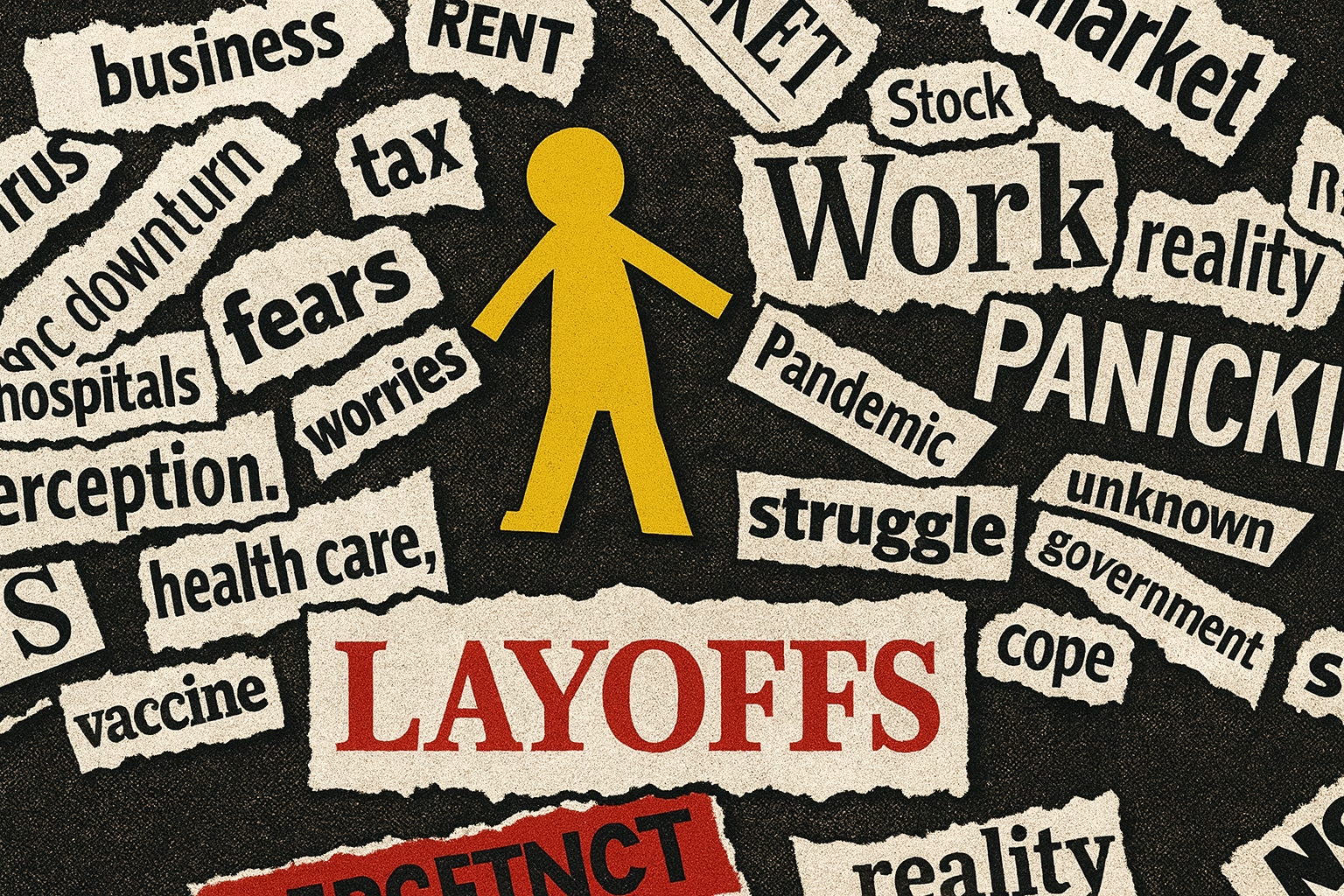South Africa’s employment crisis is worsening, with fresh data from Statistics South Africa revealing that nearly 300,000 jobs were lost in just the first three months of 2025. The Quarterly Labour Force Survey shows the extent of the downturn, as multiple industries struggle under persistent economic and structural pressures.
Job Losses by Sector
The formal sector has borne the greatest damage. Trade, construction, mining, private households, and community services each experienced sharp declines. The losses far outweighed modest gains recorded in agriculture and the informal sector.
Table 1: Jobs Lost or Gained in Q1 2025
| Sector | Jobs Lost / Gained |
|---|---|
| Trade | -194,000 |
| Construction | -119,000 |
| Mining | -35,000 |
| Private Households | -68,000 |
| Community & Social Svcs | -45,000 |
| Informal Sector | +17,000 |
| Agriculture | +6,000 |
| Total | -291,000 |
These figures highlight the vulnerability of traditional industries. While agriculture and informal trading managed small improvements, they cannot counterbalance the scale of formal job destruction.
Rising Unemployment
The national unemployment picture has darkened significantly.
Table 2: Unemployment Rates in Early 2025
| Category | Rate | Number of People Affected |
|---|---|---|
| Official Unemployment Rate | 32.9% | 8.2 million |
| Expanded Unemployment Rate | 42.9% | 8.3 million+ |
| Youth Unemployment (15–34) | 46.1% | 4.8 million |
| Working-Age Not in Work | — | 25 million |
The figures mean that nearly half of South Africa’s working-age population is either unemployed or not actively seeking work. The youth remain the most affected, with almost one in two young people unable to secure employment.
Year-on-Year Job Declines
Between March 2024 and March 2025, 95,000 jobs were lost. The first quarter of 2025 alone saw a decline of 74,000 in formal non-agricultural employment, falling from 10.65 million jobs at the end of 2024 to 10.58 million by March.
Table 3: Sectoral Job Losses (March 2024 – March 2025)
| Sector | Jobs Lost |
|---|---|
| Trade | -52,000 |
| Community Services | -17,000 |
| Mining | -4,000 |
| Construction, Electricity, Business Services | Smaller losses |
This persistent decline underscores how entrenched structural weaknesses continue to erode employment levels.
Company Retrenchments and Closures
Large companies are cutting back or exiting altogether, deepening the crisis.
Table 4: Recent Retrenchments and Closures
| Company | Action Taken | Jobs Lost | Notes |
|---|---|---|---|
| ArcelorMittal South Africa | Preparing to close Sept 2025 | 3,500 | Up to 100,000 indirect jobs at risk |
| Ford South Africa | Retrenchments at Silverton & Gqeberha plants | 474 | Downsizing operations |
| Goodyear South Africa | Closure of Kariega tyre plant | 900 | Part of global restructuring |
| SAPO | Relief funding granted | 6,000 saved | R381 million granted for turnaround |
The AMSA closure is considered the most severe, with potential knock-on effects across supply chains.
Legal Context of Retrenchments
Questions have been raised regarding compliance with labour laws during mass retrenchments. Kenneth Coster, a partner at Webber Wentzel, explained that South African labour law imposes strict obligations.
Coster added that Section 189A of the Labour Relations Act requires employers to justify retrenchments on fair, objective grounds.
Government and Relief Measures
Employment and Labour Minister Nomakhosazana Meth has acknowledged the severe impact of retrenchments.
To mitigate the damage, the government has introduced support programmes. The Unemployment Insurance Fund has been used to finance the Temporary Employer/Employee Relief Scheme (TERS). The Department also secured R416 million earlier this year to assist nearly 3,000 AMSA employees, although the deal collapsed when AMSA could not commit to avoiding retrenchments.
Meanwhile, the Presidential Youth Employment Initiative has channelled more than R4 billion into placing 140,000 young people in schools as assistants. Economists warn, however, that such relief cannot address underlying structural issues.
Structural Challenges and Economic Pressures
Jammine attributes the persistent job losses to weak growth and systemic inefficiencies. He pointed to crime, collapsing municipalities, overregulation, and low productivity as obstacles to recovery.
He described the cycle as “a vicious circle, a downward spiral.”
Coster supported this view, emphasising that legislation is not the primary problem.
Global Factors and the Way Forward
Minister Meth highlighted that global trade tensions, tariffs, and reduced manufacturing are making recovery more difficult.
Despite these hurdles, Meth reiterated the Department’s commitment to upskilling workers and supporting job creation in the long term. Economists argue that true recovery requires structural reform, particularly in education, small business development, and governance.

















